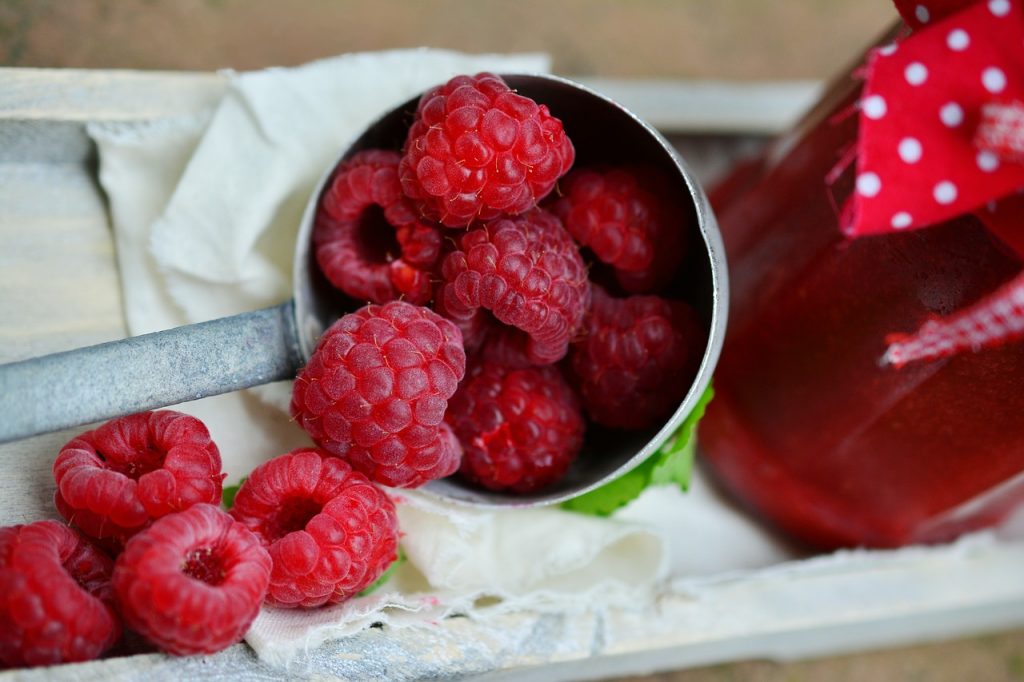Summer is the time for harvesting fruits and vegetables. How can you prepare preserves to enjoy the taste of summer longer?
Before you start preparing home-made preserves you should prepare yourself properly, that is equip your pantry with proper amount of jars. Both quantity and capacity of jars is important. If you do not want to buy new jars, it is worth asking your family or friends to collect jars beforehand. Clay pots are best for pickling cucumbers and cabbage.
All seasonal fruits can be closed in a jar in the form of: jam, preserve, tincture or juice. The harvest of fruits and vegetables falls in different summer months, so it is worthwhile to familiarize yourself with the gardener’s calendar to know what and when you can harvest.
In June there are harvests of strawberries, gooseberries, cherries and elderflowers. In July, you can pick blueberries, raspberries, cucumbers, cherries, red and black currants. In August there are harvests of tomatoes, pears, apricots, peaches and blackberries. In September you can make preserves of zucchini, plums, grapes, elderberries, rosehips. In October you can prepare preserves of pumpkin, beet, and cabbage.

Home preserves can be made in several different ways, namely by:
The season for strawberries will soon begin, so you should already prepare to make preserves from these tasty and healthy fruits. To make jam from strawberries you will need:
Method:
Beets with horseradish are a treat for many people. To make the beets you will need:
Method:
>> See also: Traditional Pickled Cucumbers – recipe
Compotes are associated primarily with grandma’s pantry. Pears, apples, cherries and cherries are best for compote. Fruits should be washed and peeled (pears and apples). Put them in jars and pour the syrup (in 1 liter of warm water dissolve 0.5 kg of sugar). The jars should be capped and pasteurized
Juice can be made from any type of fruit. To make juice you need a juicer. When buying one, it is worth choosing a better quality one, so it will last longer. Fruits should always be washed before putting them into the juicer. Ready juice from the juicer should be boiled with sugar (for 1l 100g of sugar). The boiling juice should be poured into jars. When they cool down pasteurize.